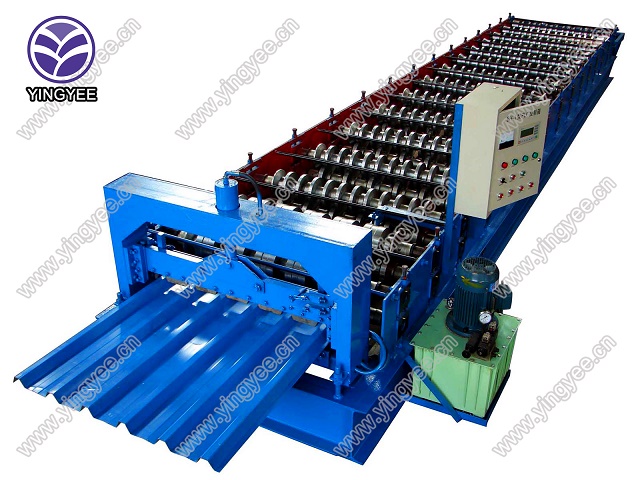
Understanding Double Layer Roof Sheet Forming Machines
In recent years, the construction industry has witnessed a remarkable evolution, especially with the advent of advanced machinery designed to improve efficiency and productivity. One such innovation is the double layer roof sheet forming machine, which has become a popular choice among manufacturers due to its versatility and cost-effectiveness.
A double layer roof sheet forming machine is designed to produce two profiles of roofing sheets simultaneously. This dual capability not only maximizes the machine's productivity but also reduces production costs and saves valuable space, making it an ideal investment for manufacturers looking to optimize their operations. The machine operates by feeding a coil of raw material, typically galvanized steel or aluminum, which passes through different forming stations to create two distinct profiles in a single pass.
The primary advantage of using a double layer roof sheet forming machine lies in its ability to cater to varying customer preferences without requiring separate machines for each style of roofing sheet. This flexibility allows manufacturers to respond to market demands promptly, providing customized solutions to their clients while maintaining a streamlined production line. The produced sheets are often used in residential, commercial, and industrial buildings, highlighting their versatility.
One of the notable features of this machine is its construction. Made from high-quality materials and equipped with robust components, it ensures longevity and reliable performance. The forming process typically involves multiple roll forming stations where the coil is gradually shaped into the desired profile. The machine can also be equipped with advanced control systems that allow for precise adjustments in sheet thickness and dimensions, further enhancing its usability.

Automation is another significant aspect of modern double layer roof sheet forming machines. Most machines come with programmable logic controllers (PLCs) and touch panel interfaces, enabling operators to easily adjust settings and monitor production in real-time. This automation not only minimizes human error but also increases the overall efficiency of the manufacturing process. Advanced safety features, such as emergency stop buttons and protective covers, are standard in these machines, ensuring operator safety during operation.
In addition to their effectiveness in roofing applications, double layer roof sheet forming machines can also be adapted for various other purposes. For instance, they can be used to produce decorative wall panels or other architectural elements. This adaptability makes them an attractive option for businesses seeking to diversify their product offerings.
Maintenance is a crucial factor to consider when investing in a double layer roof sheet forming machine. Regular upkeep is essential to ensure the machine operates at peak efficiency. Manufacturers typically provide detailed maintenance guidelines, and it is advisable for operators to adhere to these instructions to prolong the machine's lifespan and optimize its performance.
In conclusion, double layer roof sheet forming machines represent a significant advancement in roofing sheet production. Their ability to produce two different profiles in one pass enhances efficiency, reduces costs, and saves space. With automated features, robust construction, and adaptability to various applications, these machines are set to play a pivotal role in the future of the construction industry. As businesses continue to seek ways to improve their operations and meet the evolving demands of the market, investing in a double layer roof sheet forming machine is a strategic move to stay competitive in this rapidly changing landscape.